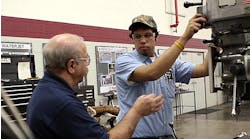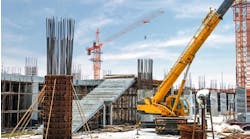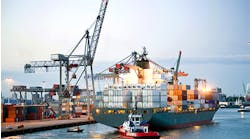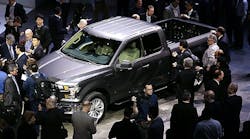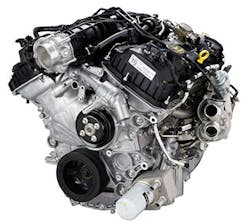The annual North American Auto Show every January has been a highlight of the manufacturing calendar for decades, setting agendas for a new year. Most of the major performing parts of motor vehicles are made of cast metal, as are many of those vehicles’ structural elements, not to mention some critical fixtures of modern automotive designs, so it makes sense that the metalcasting industry should be influenced by developments in automaking. That’s a fine thing, generally, but you will not learn much about automaking or manufacturing by what is spinning on turntable in Detroit this month.
A year-ago, Ford Motor Co. grabbed the headlines there when it revealed to the world its aluminum F-150 pick-up, a design shift that was no surprise to manufacturers or even car
lovers, and yet the notion that such a vehicle was more than a “concept” (as frequently captures attention at the annual event) and was in fact actually forthcoming from the automaker, dominated the coverage. It became a primary example of “the rebirth of American manufacturing.” Like the new F-150, manufacturing was declared leaner and lighter than previous generations of that venerable model, and proof that Ford and its cohort can reach the ambitious emissions reduction agenda set by federal regulators.
Those accolades were gushing even before the new pick-up was available for purchase, or even for test drives, but the mood was set. That’s what the Auto Show is for: to get the buzz flowing. It’s good for manufacturers to have encouragement to start off a year, and yet for the most part the truly impressive aspect of the new F-150’s arrival was overlooked. That would be the courage and clarity of the Ford organization — less than a decade after it tiptoed back from near default — to undertake and execute such a thorough redesign of a product that has been its most profitable and reliable entry in a perennially competitive segment of the market.
Ford had help, of course, from its many parts and systems suppliers, guiding this success story to its never-certain conclusion. And each one of those represents still another tale of clear vision in word and action. If there is a rebirth in American manufacturing to be revealed (there is …) it is not because the products fit the demands of any agenda but because of the effort and resources invested to make them fit the demands of buyers.
This January, the buzz about automaking is coming not from Detroit but from Las Vegas — where the annual Consumer Electronics Show was the scene for various propositions like cars with self-driving capability, collision avoidance, and automatic parking capability. In fact, it was Ford’s president and CEO delivering a keynote address at CES, demonstrating the convergence of manufacturing and consumer technology. It remains to be seen how far those concepts will go, but the impressive work of keeping automotive design and manufacturing in progress is a fact that deserves more praise and attention.
